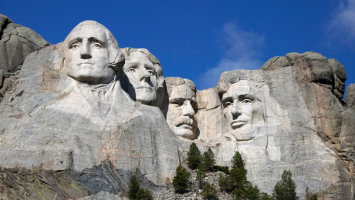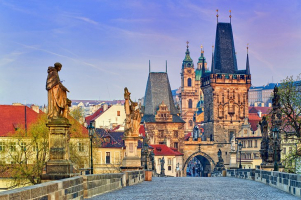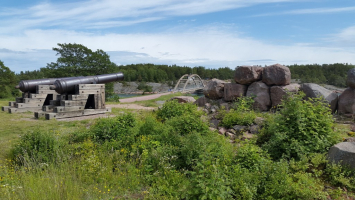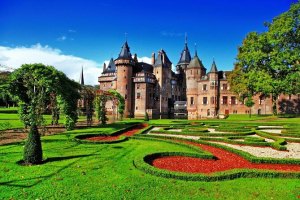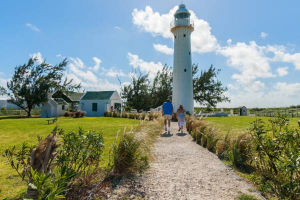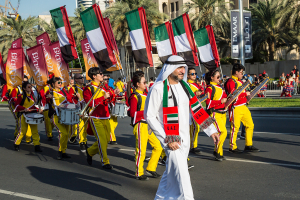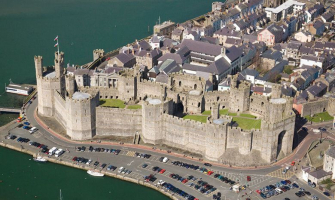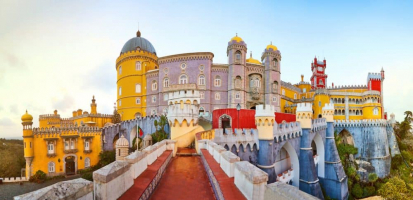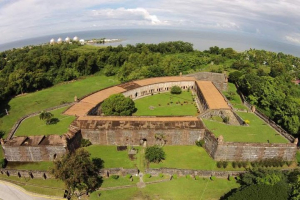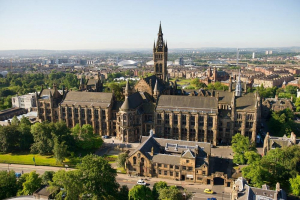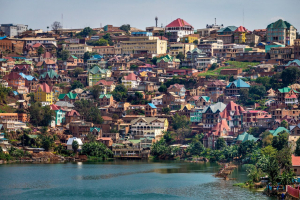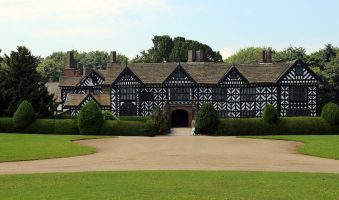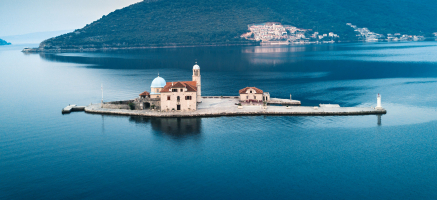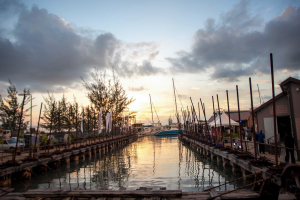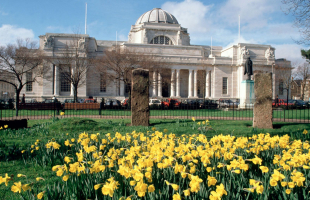Top 8 Most Beautiful Historical Sites in the United Arab Emirates
The United Arab Emirates (UAE) is known around the globe for its fast cars, towering skyscrapers, and luxurious lifestyle. Very few people know about the rich ... read more...history of the UAE and the traditional way of life. While everyone knows about the major attractions such as the Burj Khalifa or the Dubai Mall, the lesser-known historical places offer the foreign traveler just as much excitement. Toplist have listed most beautiful historical sites in the United Arab Emirates that must be on your list when you visit this amazing Arab country!
-
Discover what life in Old Dubai was like during the mid-19th century at one of the most beautiful historical sites in the United Arab Emirates, Al Fahidi Historical Neighbourhood. Located along the Dubai Creek, this district is a key heritage site with much of the original infrastructure preserved and intact. The traditional wind towers – constructed from stone, teak, gypsum, palm wood and sandalwood – represent only a small part of Al Fahidi’s history. Each alley, twisting pathway and breezy tower tells a story of a life before the seven emirates.
Follow the winding streets to discover a range of cultural activities, museums, art galleries, special events and traditional food. Check out Dubai Calendar so that you never miss an event in the neighbourhood – particularly Sikka Art Fair and Heritage Week. There are over 50 'houses' to explore. Start at the Sheikh Mohammed bin Rashid Al Maktoum Centre for Cultural Understanding (SMCCU), where you can take a culturally immersive tour of the district. There is also the fascinating Coins Museum with over 470 rare coins displayed, which shines a spotlight on the monetary system of the British Empire, India and countries in the region before independence.
Other highlights include the Symposium House and Events House, which often stages cultural events and heritage-related activities, such as demonstrations by local craftsmen. Make sure you don’t miss the Calligraphy House (Dar Al Khatt), that specialises in Arabic calligraphy and everything related to the creative art form. Also visit the Municipality House that stands as a remarkable example of traditional Dubai architecture
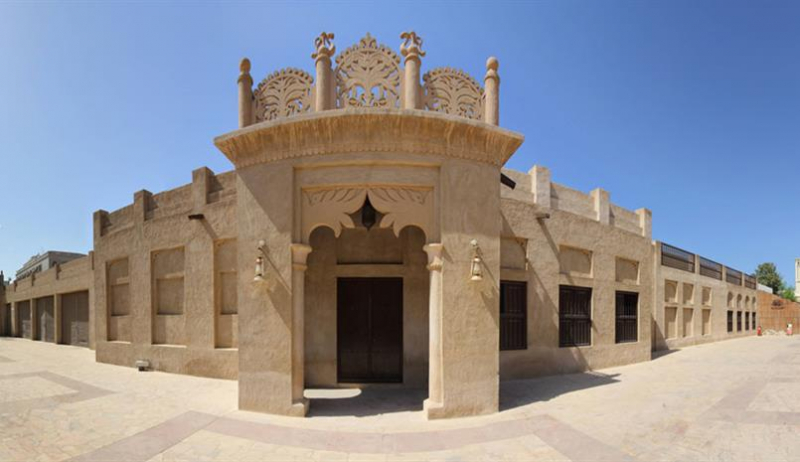
Asian Itinerary 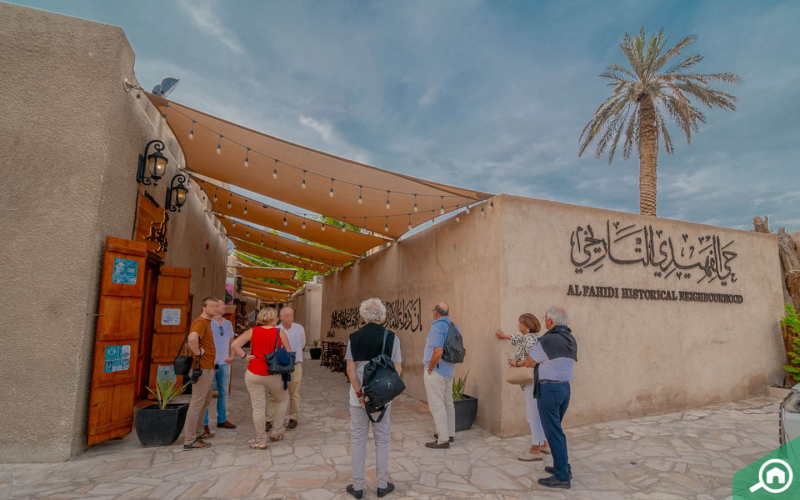
Bayut -
This destination is a museum that was once the royal residence of the ruler of Dubai, Sheikh Saeed Al Maktoum. The Sheikh resided in this building from 1912 to 1958. This is one of the key historical places in Dubai, as it is though this is where the vision of Dubai as a global city was first planned. The current ruler of Dubai was raised in this building, adding more significance to this attraction, which should be on the list of everyone visiting Dubai.
The main curiosity is that what is inside Sheik Saeed Al Maktoum House? You will head to the majlis downstairs, the dining room, kitchen, patio, and the bedrooms and balconies on the upstairs. In its pre-oil period, the house shows rare images of Dubai, along with works, lithographs, and pieces of art that capture the growth of the emirates. At Saeed Al Maktoum house collection of rare coins, prints, and historical records can also be found. Sheikh Saeed Al-Maktoum house was a national landmark and a local administrative center.
The splendid house is no more the official royal residence today. The Shindagha Museum has been converted and contains many ancient artifacts that demonstrate the life and time of the ruling Al Maktoum dynasty. In this former royal home, one of the best museums in Dubai and one of the most beautiful historical sites in the United Arab Emirates, you can find numerous galleries, objects, rare images, and much more to be explored.
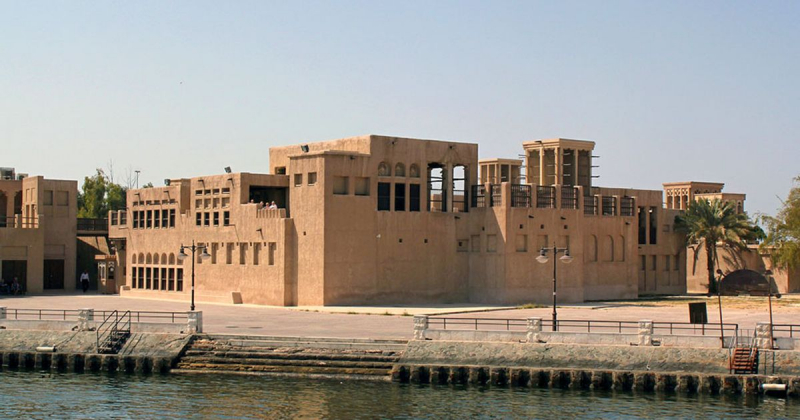
360 Stories 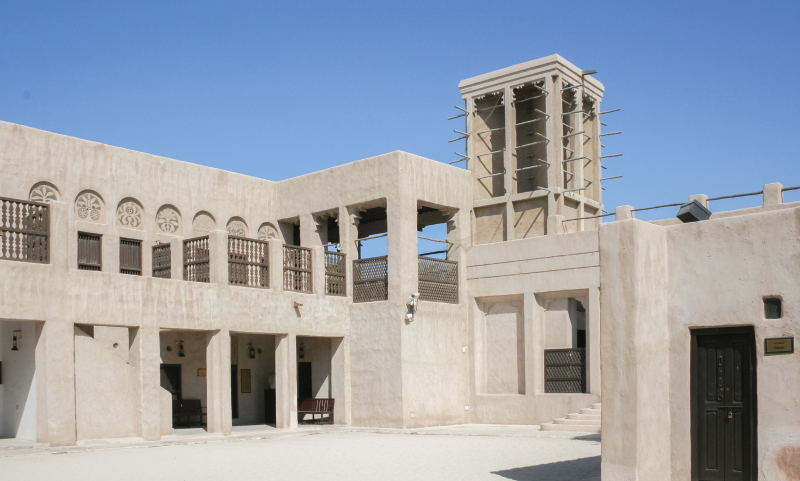
Wikipedia -
In the still Ghost Town of Ras Al Khaimah, the bronze, rusty coloured coating over Al Jazirat Al Hamra is a remaining symbol of the once flourishing pearl fishing village, whose name in Arabic translates into ‘Red Island’ for the kind of sand upon which it was built. Eerie remnants of houses, schools, a mosque and marketplaces are now nothing more than derelict empty shells – a window into traditions and trades, abandoned when oil wealth gave rise to rapid urbanisation in the creation of the UAE.
Although the question still debated here is whether the demise of Al Jazirat Al Hamra was about tribal conflicts with the Ruler of Ras Al Khaimah, or because of the lure of luxury in Abu Dhabi, once the oil was discovered, a visit to this ghost village is nonetheless a unique experience in understanding just how quickly life changed here. The former tidal island was predominantly home to the Zaab tribe, who by 1831 developed the area into a renowned pearling trade centre. It was home to over 4,000 inhabitants and dozens of fishing and trading ships, and with its good fortune, came expansion that continued well into the start of the 20th Century.
The layout and rows of houses remain largely unchanged, and you can immediately sense how compact and community-spirited this village once was. An empty boat and rusting truck that’s said to be the first car in Ras Al Khaimah, alongside the hollow structures, are stark reminders of how instantaneously people left for a new beginning.
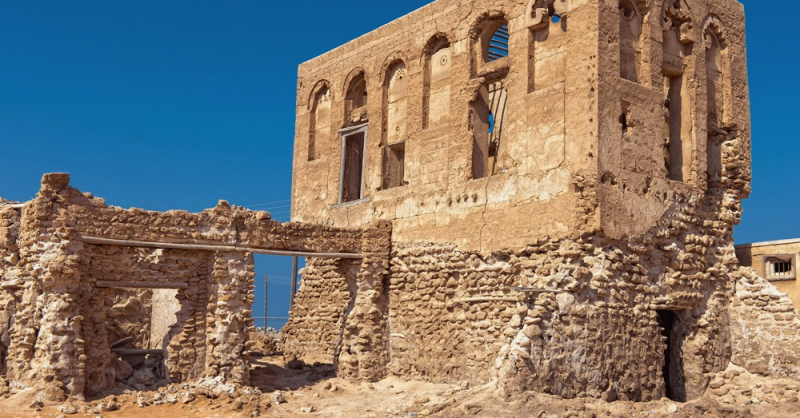
Coming soon in UAE 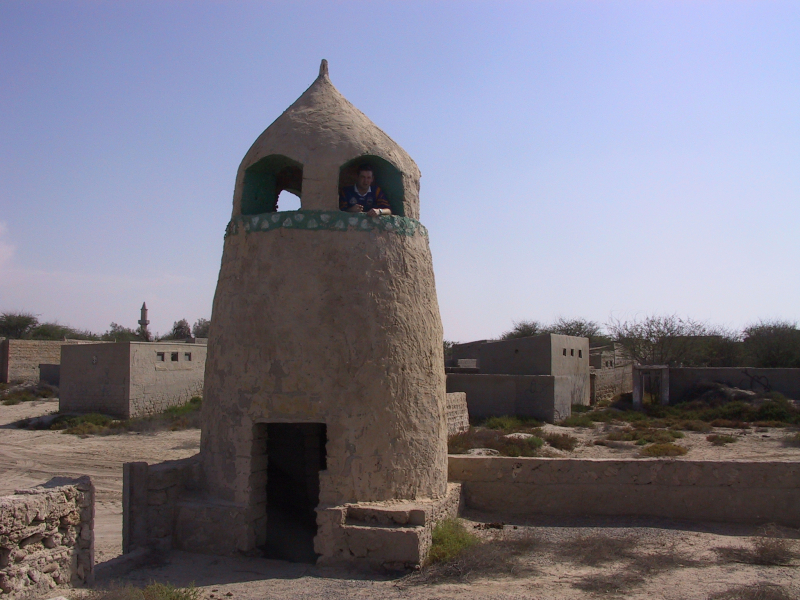
Times of India -
Historic sites are more than just an essential introduction to a country and its ethnic heritage and ancestry. When you learn about the history and heritage of a place, you get a good idea of the local values and culture. Therefore, historical sites are conserved with diligence around the world. The government of Dubai also takes pride in restoring and maintaining places of historical significance. Hatta Heritage Village is one such that most beautiful historical sites in the United Arab Emirates that gives you a glimpse of Emirati traditions and culture. Not to forget, it is one of the most popular tourist destinations from Dubai.
While you may not be able to cover them all in a day, the long list of activities to explore in Hatta is surely exciting. Besides enjoying the gorgeous views, visiting Hatta Heritage Village is one activity that you must add to your bucket list. Restored in 2001 by the Dubai Culture and Arts Authority (DCAA), Hatta Heritage Village is one of the oldest villages in Dubai. Visitors can learn a great deal about the way of life during that time, and get a glimpse into the clothing, furnishing, weaponry, artefacts and more from the bygone era. You also get to see the ancient agricultural, economic and defence systems.
The Village is home to centuries-old forts, towers and citadels. There are 30 structures of different sizes at the site. These ruins reflect an age gone by, one that people interested in history will certainly love. One of the main attractions is the house of the local ruler of the time “Bait Al Wali.” Walk inside and you will see the bedrooms, children’s rooms, kitchen and courtyards.
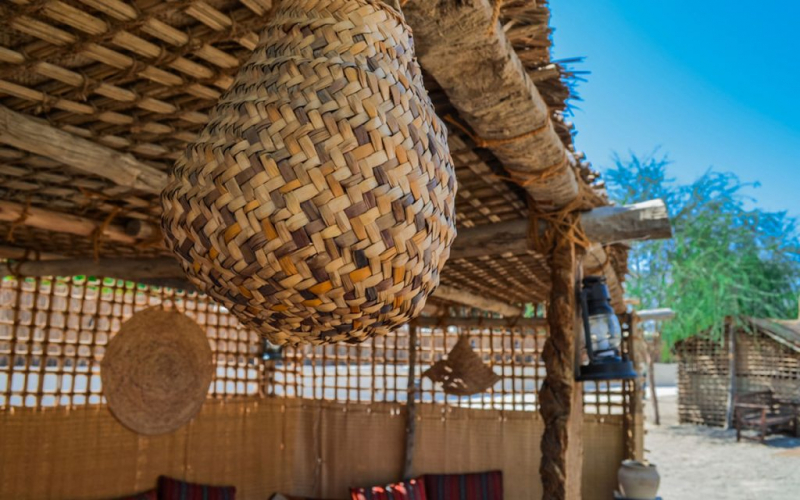
Bayut 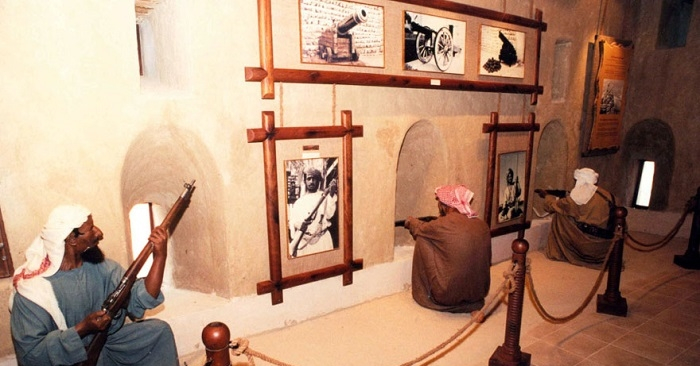
Dubai OFW -
Considered the oldest mosque in the UAE, this curvaceous, squat mud-brick structure dates to 1446. It adorned with four pointed domes and rests on a single internal pillar. Al Badiyah Mosque, 8km north of Khor Fakkan, is famous for this bijou structure. Non-Muslims are free to enter but must be modestly dressed and remove their shoes; women must also cover their hair. Headscarves and abayas (a robe-like dress worn by women) can be borrowed from the attendant.
The inside prayer hall, with colourful rugs laid out on palm-leaf plaited matting and Qurans stacked into the niches of its smooth plastered walls, has a tranquil, contemplative feel. Note the simple geometric designs on the domes and the minbar (mosque pulpit) made from stones and coral-block. The mosque is built into a low hillside along the coastal road just north of Badiyah village and guarded by two ruined watchtowers. It's well worth walking up here for the sweeping views of the Hajar Mountains and the Gulf.
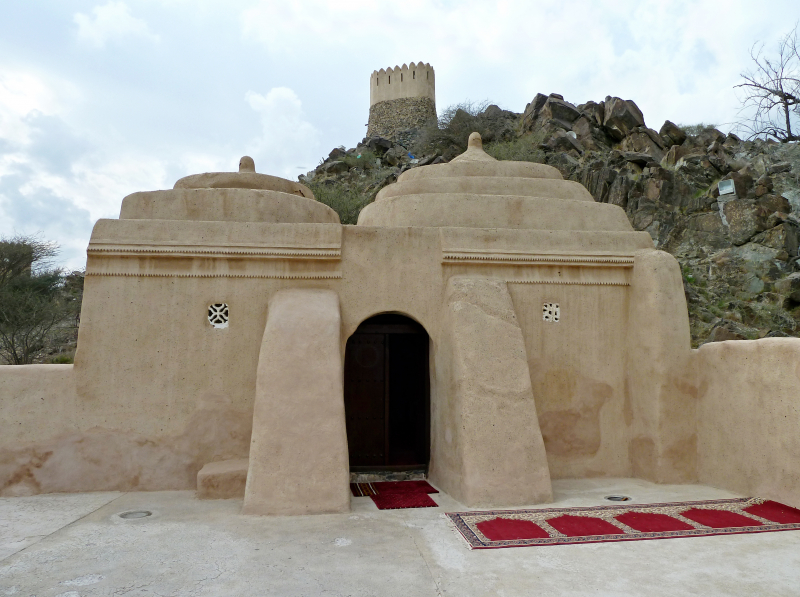
Wiki Commons 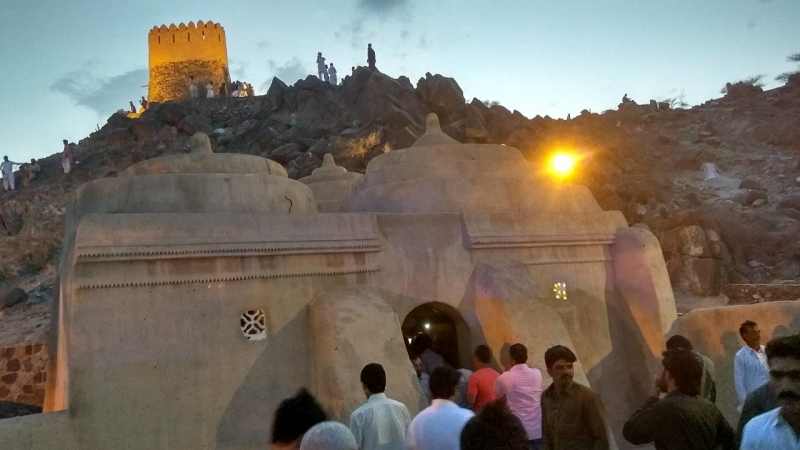
Wiki Commons -
For more than 100 years, this incredible historic fort in the lush garden city of Al Ain, about an hour and a half away from Abu Dhabi, has played a major role in the history of the United Arab Emirates. Today, it offers visitors an opportunity to understand the country's story. Situated at the western approach to Al Ain city, Qasr Al Muwaiji picturesque structure is a fine example of early 20th-century mud-brick architecture and a great place to take stunning photographs. The building is a simple but striking form: a square enclosure with projecting corner towers and a grand entrance gate.
Qasr Al Muwaiji was home to generations of the ruling Al Nahyanfamilyand saw the birth of Sheikh Khalifa, Founder of the UAE, in 1948. Built in the time of Sheikh Zayed bin Khalifa the First by his son, Sheikh Khalifa bin Zayed bin Khalifa. This UNESCO World Heritage Site functioned not only as a home and oasis in the desert but also as diwan (a council or seat of governance) and a place for the community to gather.
Today, a modern exhibition hall, housed in a beautiful glass-walled space within the courtyard of Qasr Al Muwaiji, tells the story of the fort and its inhabitants, with a focus on His Highness Sheikh Khalifa bin Zayed Al Nahyan, President of the United Arab Emirates. The exhibition sets out the chronology of the members of Abu Dhabi's ruling family, with a connection to Qasr Al Muwaiji. Above all, it highlights the accomplishments of His Highness Sheikh Khalifa bin Zayed Al Nahyan, tracing the history of Qasr Al Muwaiji from early archaeological discoveries through to modern-day features, and communicating its role in hosting visiting travellers over the ages.
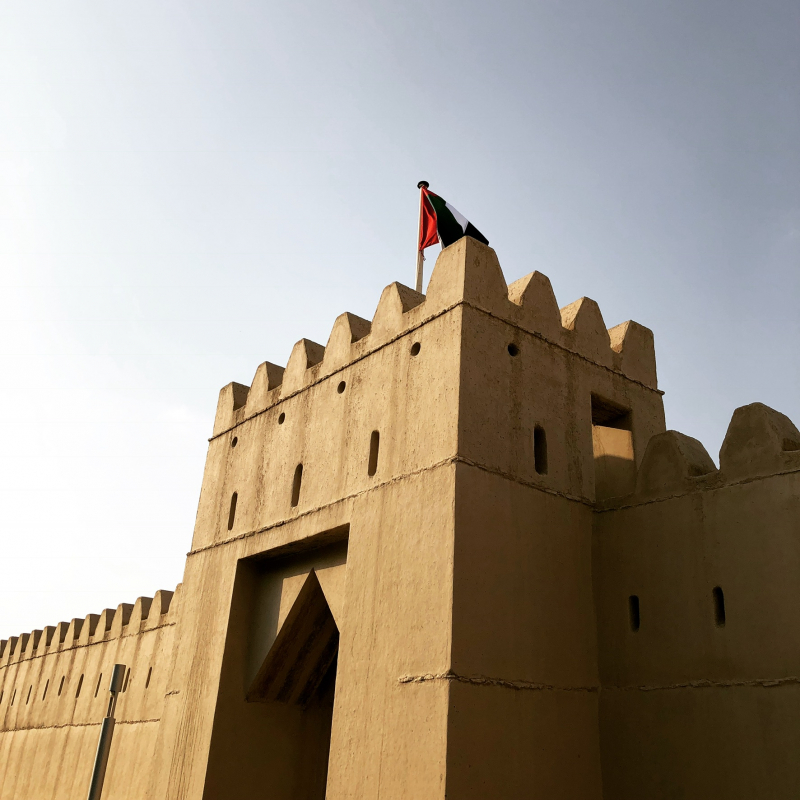
Adrian Little 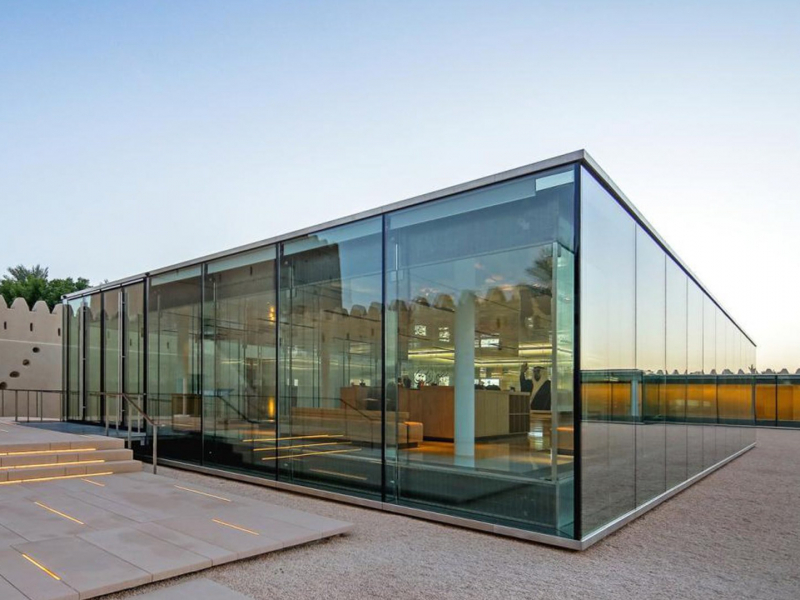
Adrian Little -
The Sharjah Museum of Islamic Civilisation aims to display, interpret, research and further develop the museum's collections for a wide range of local, national and international audiences, and to stimulate knowledge, appreciation and enjoyment of Islamic art, history, science and culture.The magnificent building that houses the Sharjah Museum of Islamic Civilisation first opened in 1987 as the Souq al-Majarrah and quickly became a popular landmark, both among the people of Sharjah themselves and visiting tourists.
The building was only the second of its kind in the Gulf region, after Sharjah’s “’New”’ or “Central’’ Souq constructed in 1977, to use traditional, Arab-Islamic design elements in its ground-plan and décor. The building with its impressive architecture and attractive design features was subsequently renovated and reopened in 2008 as the Museum of Islamic Civilisation. Its most outstanding feature is its majestic, gilt central dome, decorated on the inside with an intricate mosaic depicting the night sky and the signs of the zodiac.
The building now transformed into a state-of-the art cultural venue, the new Sharjah Museum of Islamic Civilisation, houses more than five thousand exquisite Islamic artefacts from all over the Islamic World, arranged according to themes over seven spacious galleries and display areas.
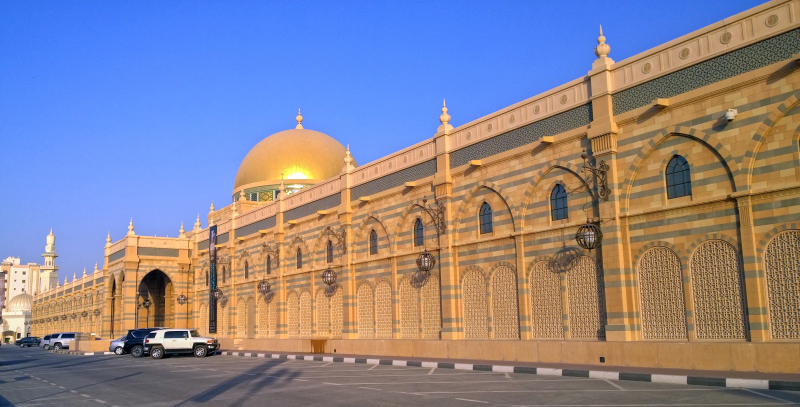
Wikipedia 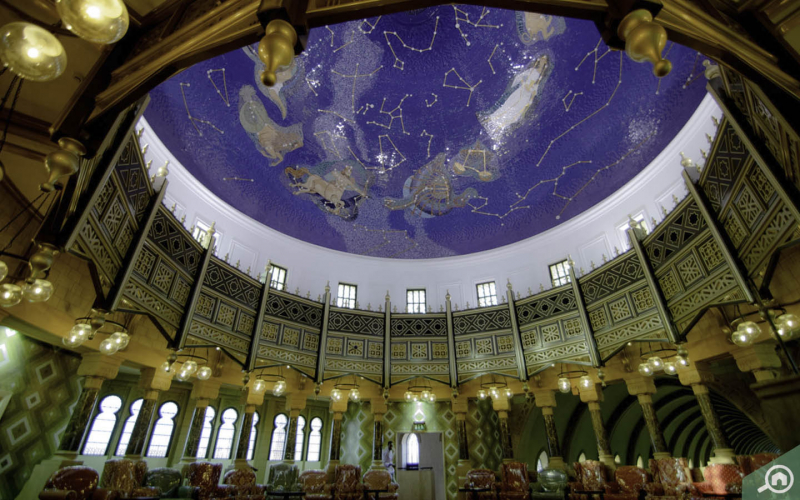
Bayut -
Over the centuries, Qasr Al Hosn has been home to the ruling family, acted as the seat of government, and housed the National Consultative Council founded by the late Sheikh Zayed Bin Sultan Al Nahyan, Founder of the UAE, as well as been a national archive. Today it stands as the nation's living memorial and one of the most beautiful historical sites in the United Arab Emirates.
The oldest standing structure in Abu Dhabi, the picturesque Qasr Al Hosn is home to an original watchtower that makes for incredible photographs. Built around the 1790s, this commanding structure overlooked the coastal trade routes and protected the growing settlement established on the island. Qasr Al Hosn comprises two major iconic buildings: the Inner Fort (originally constructed in 1795) and the Outer Palace (1939-45). Transformed into a museum in 2018 following over a decade of intensive conservation and restoration work, Qasr Al Hosn is a national monument that encapsulates the development of Abu Dhabi from a settlement reliant on fishing and pearling in the 18th century, to a modern, global metropolis, displaying artifacts and archival materials dating back to as far as 6000BC.
Today, the beautiful Al Hosn site, which has seen immaculate renovations, is a wonderful place at which to while away a few hours and soak up the fascinating history of the UAE capital. Children, too, will love exploring its beautiful structure and nooks and crannies.
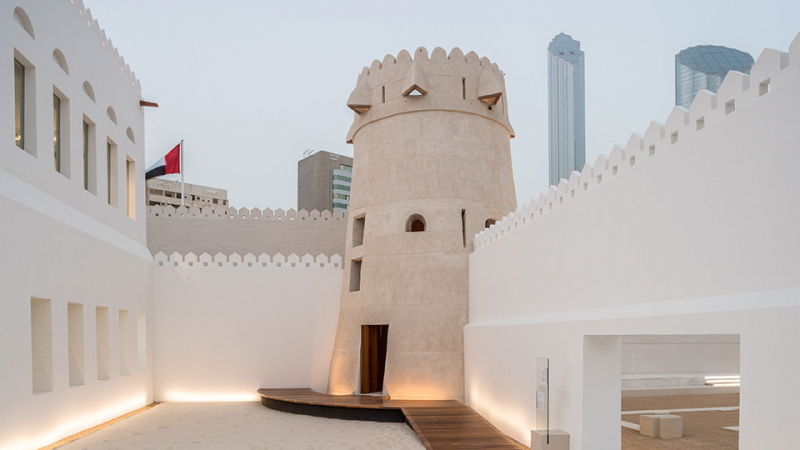
Platinumlist.net 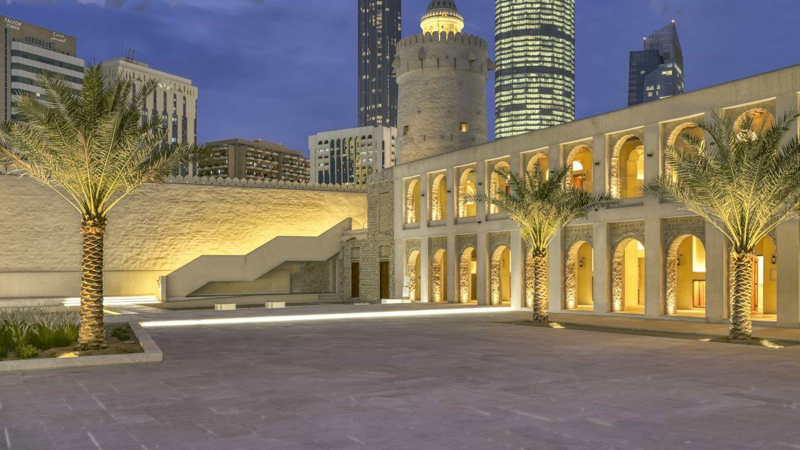
BDP










